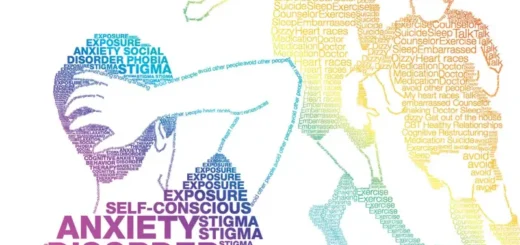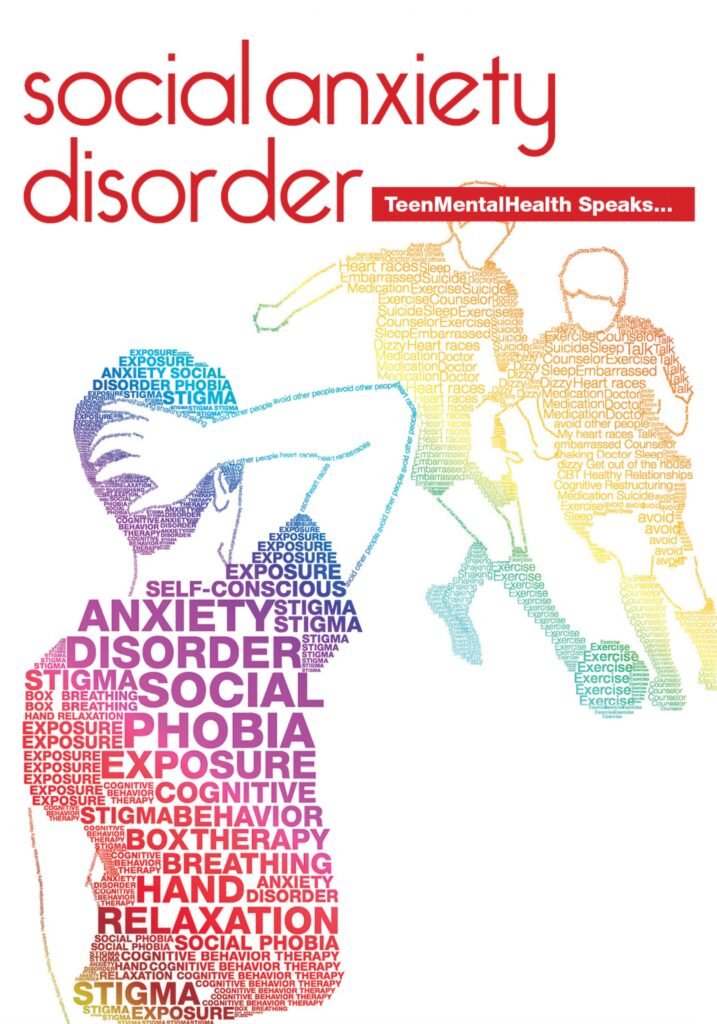The role of relaxation techniques in managing social phobia
It is estimated that around 15 million adults in the United States suffer from social anxiety disorder, also known as social phobia. This is a debilitating condition that can cause immense distress and interfere with daily life. While there is no cure for social anxiety disorder, there are treatments that can help.
One of the most effective treatments for social anxiety disorder is cognitive-behavioral therapy (CBT). CBT teaches people how to manage their anxiety and change their thinking and behavior patterns. Relaxation techniques are often used as part of CBT.
Relaxation techniques can help people with social anxiety disorder in a number of ways. First, relaxation techniques can help to reduce the physical symptoms of anxiety, such as racing heart, sweating, and trembling. Second, relaxation techniques can help to calm the mind and ease anxiety-provoking thoughts. Finally, relaxation techniques can help people to build confidence and feel more comfortable in social situations.
There are a variety of relaxation techniques that can be used to treat social anxiety disorder. Some of the most common techniques include progressive muscle relaxation, deep breathing, and visualization.
Progressive muscle relaxation involves tensing and relaxing different muscle groups in the body. This helps to reduce muscle tension and ease physical symptoms of anxiety. Deep breathing helps to slow the heart rate and promote relaxation. Visualization involves picturing oneself in a calm and relaxing setting. This can help to ease anxiety-provoking thoughts.
Relaxation techniques are often used in combination with other treatments for social anxiety disorder, such as CBT. When used in this way, relaxation techniques can be a powerful tool for managing social anxiety and improving quality of life.











